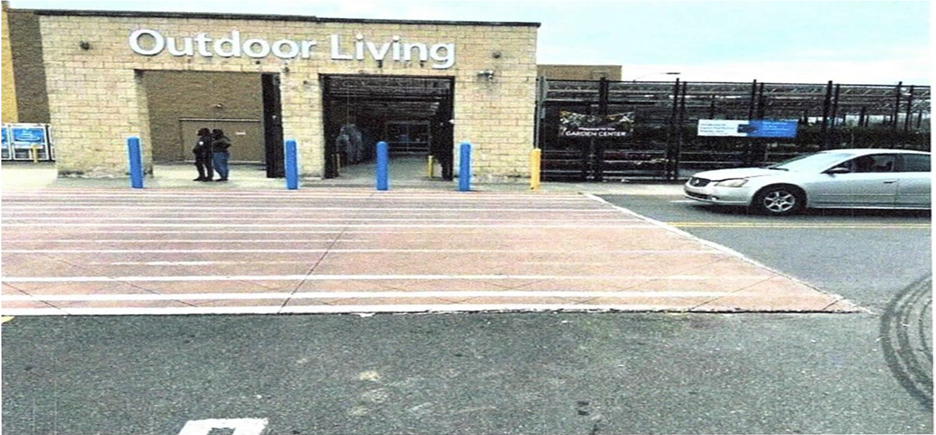The Fourth Circuit recently affirmed summary judgment Keogh Cox obtained in Clark v. Premier Automotive Management, LLC, finding the plaintiff’s circumstantial evidence failed to establish an unreasonable risk of harm caused her to fall.
In Clark, the plaintiff claimed she was injured after slipped and fell in a puddle of water in a service garage. Keogh Cox attorneys Chad A. Sullivan and Cole C. Frazier filed a motion for summary judgment on behalf of the defendants in response. The defendants asserted that the plaintiff failed to submit sufficient proof to establish that standing water or a hazardous condition caused her fall. Specifically, the defendants maintained that the plaintiff could not establish (1) an unreasonable risk of harm existed within the garage or (2) the puddle of water existed on the garage floor for an extended period of time.
The plaintiff’s deposition testimony established that it rained earlier in the day, that she was walking quickly before she fell, and that she was wearing flip flops. The plaintiff also testified she assumed she fell in a puddle of water because her back was damp after her fall. She described the amount of water under her shoes as the size of a “softball.”
The defendants also attached the affidavits of two employees who worked at the service garage on the day of the incident. The affidavits acknowledged wet conditions on the day of the incident but denied any prior complaints or accidents in the area. The affidavits also established that the plaintiff fell in an uncovered area of the garage that slopes downward. Thus, there was no possibility for standing water or puddles to collect.
Based upon this evidence, the appellate court found that the defendants satisfied their burden of proof to show there was no unreasonable risk of harm. The court stated the burden then shifted to the plaintiff to establish that there was an unreasonable risk of harm and thus establishing a genuine issue of material fact. However, the court found that the plaintiff failed to meet her burden because all her arguments were based upon conclusory allegations and unsupported speculation. To support her claims, the plaintiff could only cite to the “possibility” of the existence of standing water or puddles. As such, the plaintiff only speculated whether a hazardous substance or an unreasonable risk of harm caused her fall. Such speculation was insufficient to establish a genuine issue of material fact.
In so holding, the court affirmed the dismissal of the plaintiff’s claims that Keogh Cox obtained through summary judgment.
References:
Clark v. Premier Auto. Mgmt., LLC, 2024-0397 (La. App. 4 Cir. 2/10/25), — So.3d —, 2025 WL 451473.

